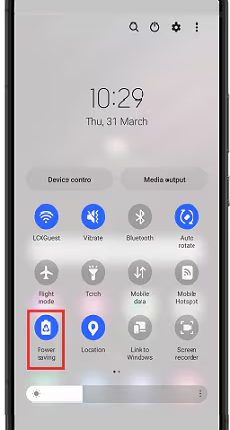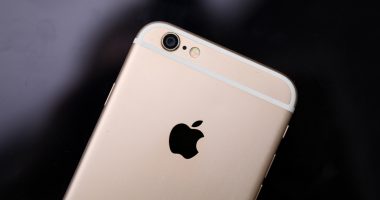MILLIONS of Samsung phones have a special button to boost your battery life – but it’s easy to miss.
Tapping it will unlock three settings that can help you squeeze more juice from your Samsung.
A phone’s battery life depends on many things, including the size of the cell and the strain your phone’s software puts on it.
But the way you use your phone and the settings you choose can make a difference, and there are some tricks that you might have overlooked.
“Galaxy phones are designed to offer high performance and excellent battery life,” Samsung explained.
“However, battery life depends on how the battery is used and different devices have different battery life.”
Millions of newer Samsung Galaxy phone models have some special Power Saving features.
UNLOCK SAMSUNG GALAXY POWER-SAVING FEATURES
Before getting to this, you’ll first want to check your basic power-saving settings.
Swipe down from the top of the screen to bring up the Quick Panel.
Then tap and hold on the Power mode icon, which should feature a small battery icon.
Most read in News Tech
This will bring up a Power Saving menu with some options for limiting features on your phone.
For instance, you can:
- Turn off Always On Display
- Limit CPU speed to 70%
- Decrease brightness by 10%
- Turn off 5G
- Limit apps and Home Screen
But there’s another page that you might have missed.
Go into Settings > Battery and Device Care > Battery.
Then select the option called More Battery Settings – you might need to scroll down slightly to see it.
Here you’ll find three settings that can affect your battery.
According to Samsung, they are:
- Adaptive battery: Limits the battery usage for apps that you do not often use.
- Processing speed: This can be adjusted between Optimised, High and Maximum. Using Optimised takes less strain on the battery and saves power.
- Protect battery: This limits the maximum charge on your phone to 85%, increasing the lifespan of your battery, meaning your charge will last longer.
The first two aim to improve your battery life on a day-to-day basis.
And the third is designed to protect your battery’s health.
Rechargeable lithium-ion batteries like the ones in smartphones (including Samsung Galaxy devices and Apple’s iPhone) degrade over time.
That means they’ll hold less charge over time compared to when they were new.
READ MORE SUN STORIES
Why do batteries get worse over time?
Here’s what you need to know…
- Most gadgets run on lithium-ion batteries
- Over time, the amount of charge this type of battery can hold gets smaller
- That means you need to charge your device more often because they hold less charge
- Batteries have two electrode points – the cathode and the anode
- To charge a battery, the ions inside the battery are forced from the cathode to the anode
- When you use a battery, it moves in the reverse direction
- This process wears away at the structure of the anode, reducing its ability to function correctly
- But the process also builds up a kind of salt on the cathode when charging
- As this build-up grows, the battery will accept less charge over time
- It’s estimated that between 500 and 1,000 full charge-cycles will reduce a battery’s maximum capacity by roughly 20%
Batteries degrade faster depending on your charging habits: for instance, it’s not good to keep a battery constantly at maximum charge.
So by limiting the maximum charge on your phone, it’ll keep the cell less “stressed” – and hopefully mean you can hold on to your Samsung phone for longer.













